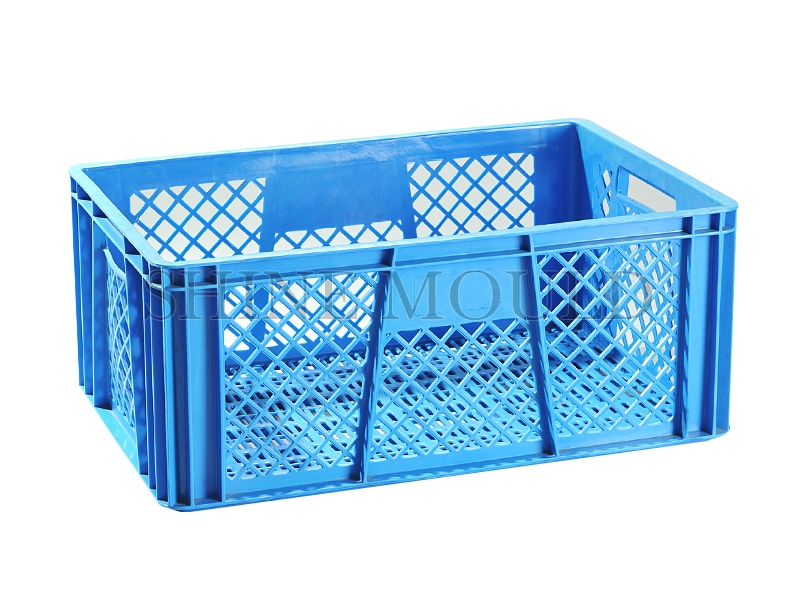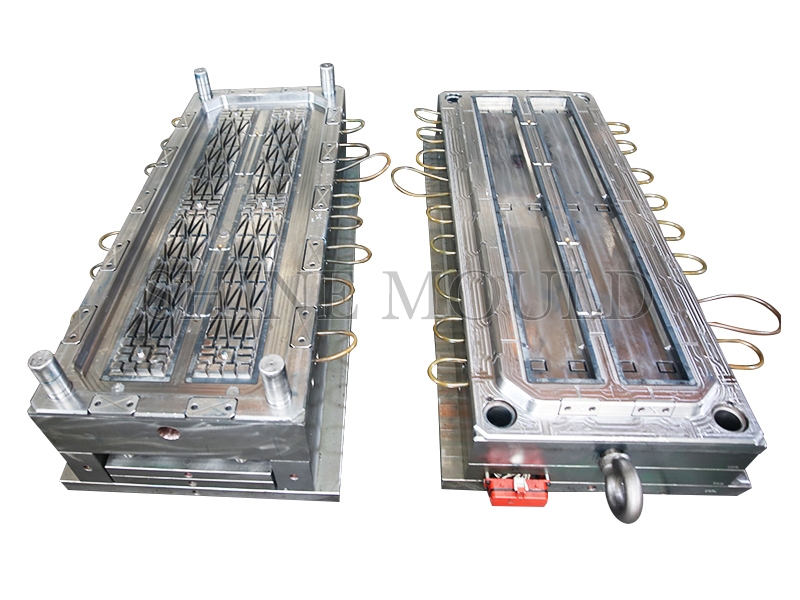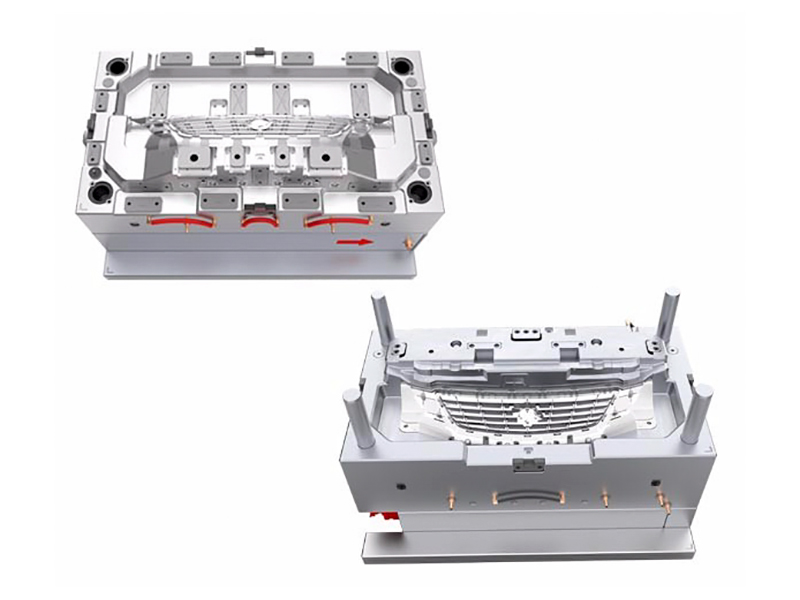Causes And Solutions For Cracks In Plastic Mould Products
Plastic mould often occurs to the molding process of cracking, which is a common defect in plastic products. The main cause are due to stress deformation. There are mainly residual stress, external stress, and stress deformation caused by the external environment. Let's talk about the causes of cracking and the corresponding solutions:
1. Cracks caused by residual stress:
The residual stress is mainly caused by the following three conditions, namely, overfilling, ejection from the mold, and metal inserts. As the cracks produced in the case of overfilling, the solution can be mainly in the following aspects:
1. Since the pressure loss of the sprue is small, if the cracks are mainly generated near the sprue, you can consider switching to multi-point distribution point gate, side gate, and shank gate method;
2. On the premise of ensuring that the resin does not decompose or deteriorate, appropriately increasing the resin temperature can reduce the melt viscosity and improve the fluidity, and at the same time, it can also reduce the injection pressure to reduce the stress;
3. In general, when the mold temperature is low, stress is likely to occur, so the temperature should be increased appropriately, but when the injection speed is high, even if the mold temperature is lower, the stress generation can be reduced;
4. Excessive injection and pressure holding time will also produce stress. It is better to shorten it appropriately or perform Th times of pressure holding switch;
5. Non-crystalline resins, such as AS resin, ABS resin, PMMA resin, etc., are more likely to produce residual stress than crystalline resins such as polyethylene and polyoxymethylene, so attention should be paid;
A. When the ejector is ejected, the ejection force is too large due to the small ejection inclination, the mold rubber, and the roughness of the punch, causing stress, and sometimes even whitening or cracking around the ejector rod. As long as you carefully observe the location of the cracks, the cause can be determined;
B. When inserting metal parts while injection molding, it is easier to produce stress, and it is easy to produce cracks after a period of time, which is very harmful:
This is mainly due to the large difference in thermal expansion coefficients of metals and resins that produce stress, and over time, the stress exceeds the strength of the gradually degraded resin material to cause cracks. In order to prevent the resulting cracks, as an experience, the wall thickness is 7" and the outer diameter of the embedded metal is his.
C, general-purpose polystyrene is basically not suitable for adding inserts, and inserts had little effect on nylon. Because glass fiber reinforced resin material has a small thermal expansion coefficient, it is more suitable for inserts;
D. Preheating the metal insert before forming also has a good effect;
2. Cracks caused by external stress:
The external stress here is mainly due to stress concentration caused by unreasonable design, especially at sharp corners.
3. Cracks caused by the external environment:
Chemicals, water degradation caused by moisture absorption, and excessive use of recycled materials will degrade physical properties and cause cracks.




 Search...
Search... English
English



.jpg)
.jpg)
.jpg)
